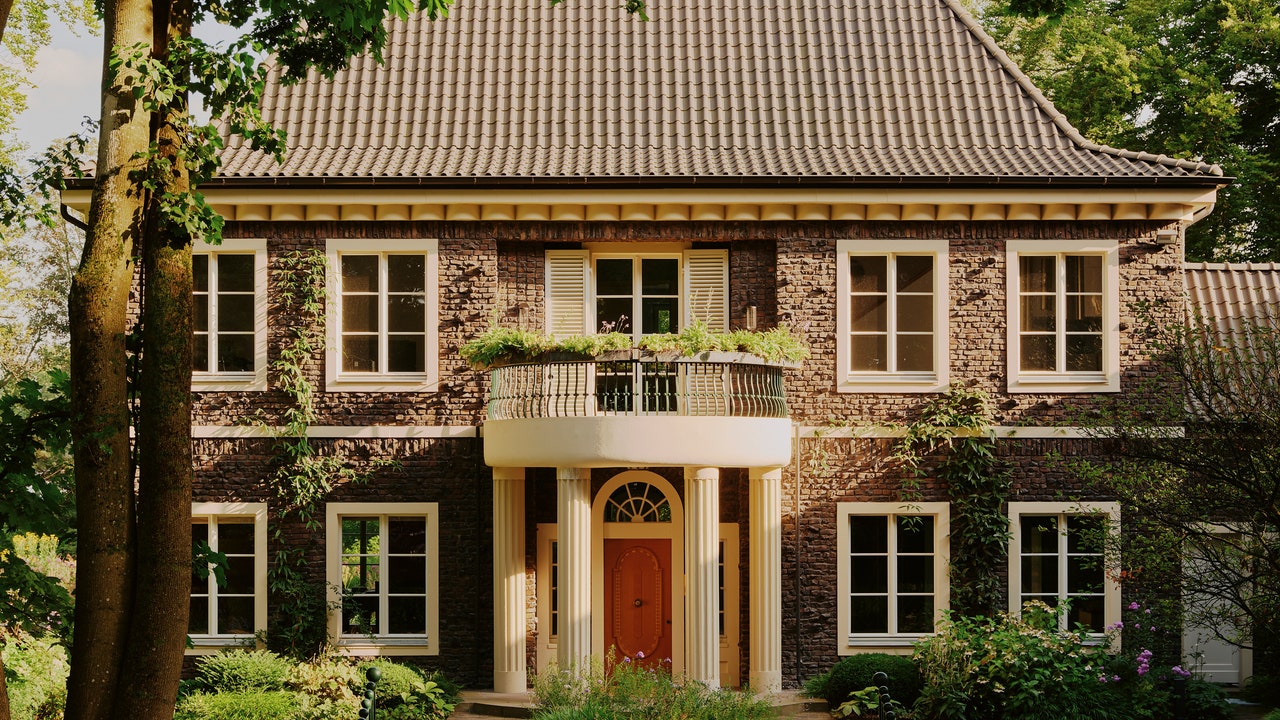We’ve all been there. Two people live through the same experience, but then later each remembers it differently. One morning, two years ago, Gisbert Pöppler was standing in a German villa where he was supposed to do some minor renovations when it hit him that that there was nothing interesting or noteworthy about the home. In that early meeting, he mustered the courage to inform the client that the interior wasn’t unique or remarkable. “I recommended gutting the house and starting over,” the architect and interior designer says, even though that could easily have meant an early end to the project. Entrepreneur Katja Pütter-Ammer, who had just purchased the villa, has completely different memories of that morning. “I believed in Gisbert Pöppler right from the start, and that he was the right man for the job.” When he ultimately shared his plans with her, she thought: “Wow, that’s daring, and my husband said: ‘Oh God, I hope it turns out okay. But go for it.’” And what was it about Pöppler’s plan that won her over so quickly? “I love colors and I’m a spontaneous person. This house was also an impulse buy. My husband and I stood in front of it and knew, that’s the one. It just had a good vibe.”
The villa had been completely renovated once before, in the 1980s, though its landmark status kept the façade untouched. Inside, however, nothing original had been left in place and everything was new. Even the park-sized garden was run down when Pöppler started the project. The original house had its charms, and as part of the Hohenhagen Garden City it was also of historic interest. Nearby is the Hohenhof, a 1908 villa designed by Belgian architect Henry van de Velde. A leading exponent of Art Nouveau, van de Velde built the home for art patron Karl Ernst Osthaus, whose collection would form the core of the Museum Folkwang in Essen following Osthaus’s early death.

